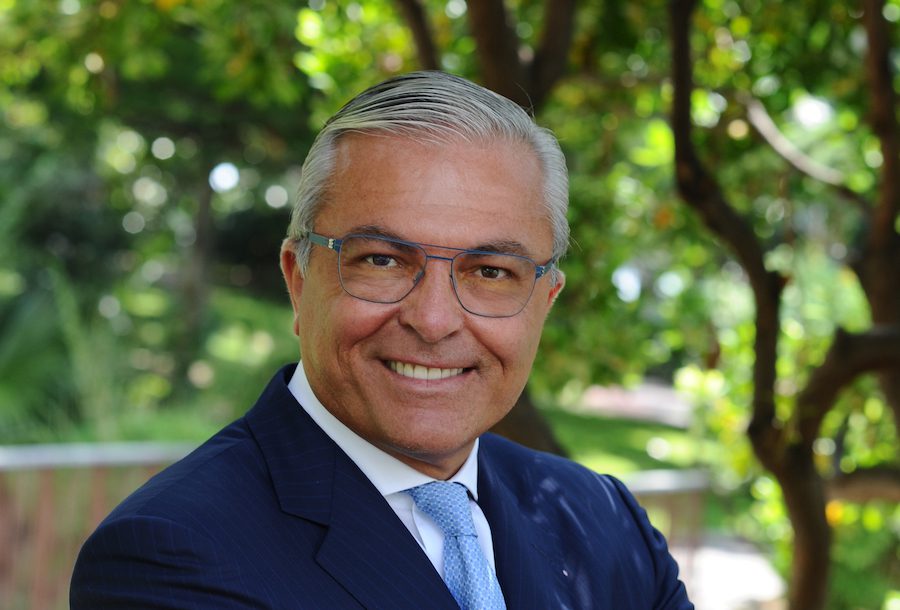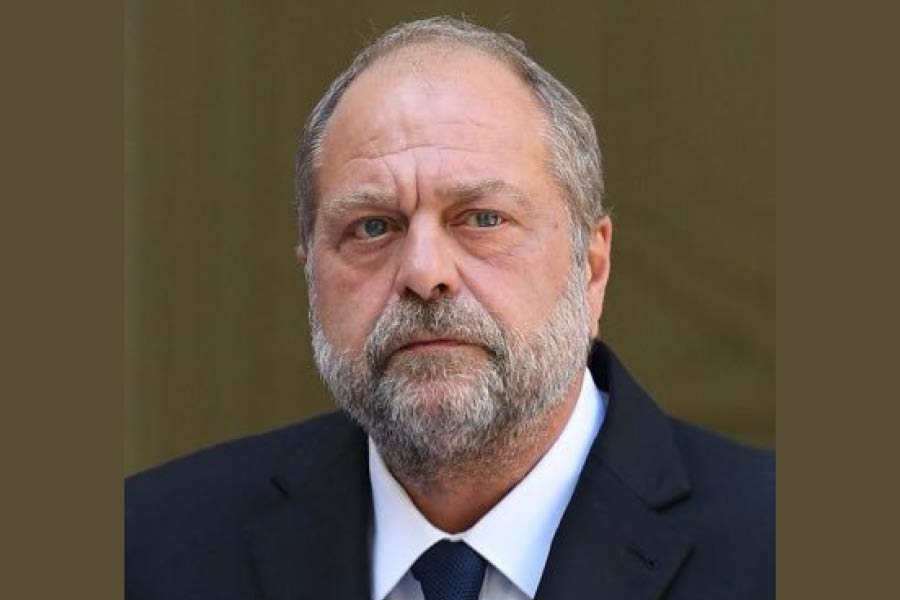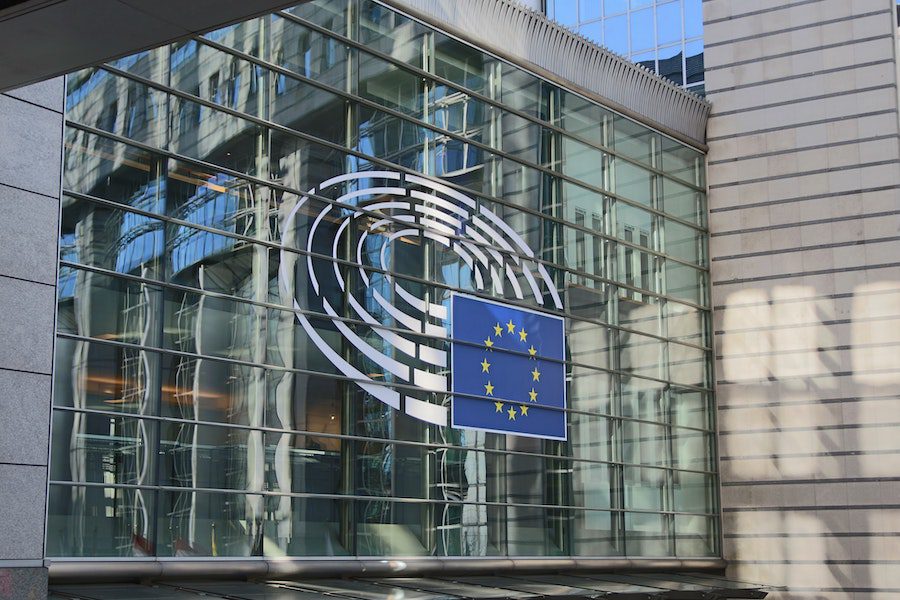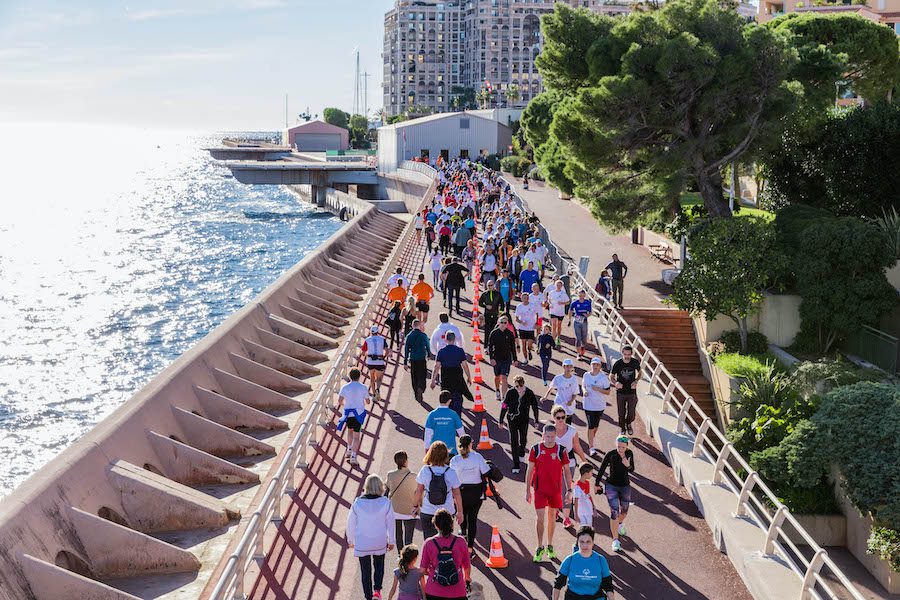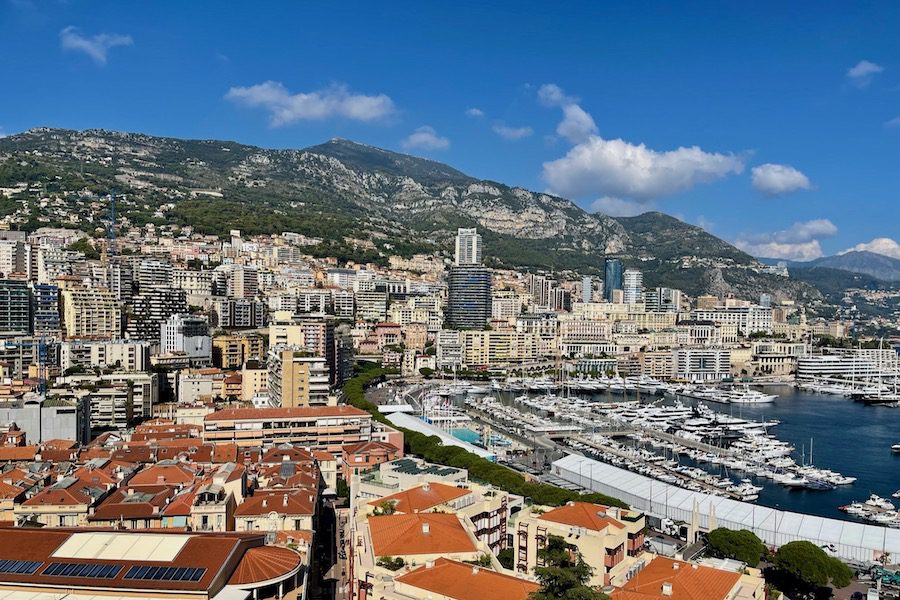We talk to Francesco Grosoli, CEO of CMB Monaco, about the bank’s ambitious transformation plan and catering to the new generation of HNWIs.
Francesco Grosoli is a very familiar face in Monaco. The Italian native headed Barclays Private Bank for close to 12 years before shifting gears and taking on the role as CEO of CMB Monaco in 2019.
He came to the 46-year-old local bank and its 245 employees with a bold vision and plenty of momentum.
Then the Covid pandemic hit.
But rather than derail Grosoli’s big plans for the private bank, it solidified everything he was hoping to achieve.
Monaco Life: Why did you decide to make the move to CMB and what was your mission?
Francesco Grosoli: I find that the private banking sector often forgets that the client is at the centre of the equation, that it is important to be much closer to clients and understand what their needs are. In this industry, it is more and more complicated to operate in a large organisation, to have an influence and instigate change. This made CMB’s project an exciting challenge. The idea was to take a very solid organisation that already exists, expand it, redesign it the way I think it needs to be redesigned, and have the freedom to maintain it or to make radical changes. I had a vision of where I wanted CMB to go.
That was your vision going into it, but then Covid came along and disrupted everything…
It’s actually happened to me before. We got hit with the financial crisis of 2008, so I am pretty used to starting fresh after a big crisis. Covid has been a disruption but, in certain ways, it has also helped – as I said, by putting the client back at the centre, by being a bank that is close to the client and really wants to develop a quality of service that is second to none. Crises often contain opportunities, and one has to look ahead to understand how a disrupted present leads to several possible futures.
Has CMB always been a bank for the locals?
We have a very strong local DNA, so it is important that we cover the local market better and more closely. I think some banks in Monaco look to the rest of the world to find clients and while we have a huge market across the street, our clients and the new comers to Monaco need quality of service, sophistication and care.
Very often, there are big fortunes in Monaco but they’re using Monaco banks for simple needs. The idea is to bring more sophistication and make sure that we can deliver what the clients are looking for instead of letting them go to London, Zurich, Geneva or elsewhere. This is something that is possible and achievable. We need to reverse the classic paradigm: start not from what we want to offer the customer, but from what he or she needs.
Monaco has made a very concerted effort over the last 10 to 15 years to change its economic perspective in terms of who it attracts to the Principality, the kind of money they’re bringing in, and who they want to keep here. Can you tell us about CMB’s clients and how the demographic has shifted over the years?
In the past in Monaco, there was an on-shore clientele and an off-shore clientele, and the on-shore clientele was very much made of quasi-retired people who’d sold their businesses and come to Monaco to enjoy their lives, or people who were spending a very short amount of time in Monaco and living elsewhere.
Then, there was a big evolution in Monaco, similar to other market places like Luxembourg and Switzerland, but particularity in Monaco, where the business model totally changed. There is a much younger population here with their families – you just have to look at the demand for schools. We have active young couples, people who are managing their businesses all over the world but are based here with their families, with their family office, holding company or business headquarters. So, it has shifted a lot from a very static, old crowd to a much younger, active, international population. When I talk about the Monaco crowd now, I see it very similar to a London/Mayfair type of crowd, but with the Mediterranean sea of course.
The services in Monaco, including in our sector, need to adapt to this type of client, whom is much more demanding because they spend more time here.
What are these younger clients looking for in a private bank?
It’s a very interesting question, because we are shifting from a very old private banking system where people come in and leave their money to be managed, to people wanting to be much more active and involved in the management of their wealth.
People are now making their fortunes in crypto, YouTube, gaming – there is a lot of new wealth generated in the new industries of the tech world. And the younger those clients are, the more differently they interact with the bank. There is now the digital way of interacting with clients, which is where we have stepped up significantly and are still working on to give the right digital tools to our staff and our clients. This being said, you also need to spend much more time with clients on more sophisticated topics. It’s a mix of human and digital interaction. I don’t see one separate from the other.
Is this the thinking behind the new brand identity that CMB unveiled last September?
Yes, we wanted to give a different image of CMB – much more modern and international, while balancing the local DNA. It’s embedded in our strategy as well because we are hiring people with a much more international approach, coming from big cities and markets like London, Luxembourg and Switzerland. That’s our approach – to be ahead of our competitors but also of the trends.
Wealth is certainly generated differently nowadays, from when it primarily used to be passed down through the generations. Is it difficult to come out of the old and into the new?
The human being, by its very nature, does not particularly want to change when in a comfort zone, and Monaco has usually been a very comfortable zone. There’s been no real need to gain the market share, because the mentality has always worked, so why should we change? But if there is no change, an organisation dies. You need to drive the change, you need to motivate the change, but firstly you need a vision. It is a tough task, but we are making it happen.
Let’s talk about Covid. CMB is one of the very few companies that has continued to offer teleworking to staff, even after restrictions were lifted. Was that a difficult decision to make? Was there resistance within the system?
The first resistance was me, pre-Covid. I was totally against it, and I have to admit that. But Covid has been a big disruptor and an accelerator of change.
We found that we could technically operate the bank with 80% of the staff working from home. It is not the easiest thing to do for the staff, nor for the organisation, but it worked.
So, with the lockdown, lifting of the lockdown, and lockdown again, we adapted to the situation and took teleworking from 80% to 65%. We deployed an infrastructure that allowed us to work effectively from home.
Then I looked at the situation and said, ‘ok, we have a legal framework in the Principality, it could be a little more flexible, but why not use it?’ A lot of our staff travel between 45 minutes to one hour each way, with all the consequences – fatigue, lack of productivity, the environmental impact of transportation…
So, in September we finalised the framework for people to work from home one to two days per week, the maximum is three days. The idea is to make the best use of remote tools and do everything possible to ensure that this has no impact on the clients.
Will you keep this system in place even after the health crises has ended?
Yes, we will not go back to the pre-Covid system, simply because we have realised that what we are doing today is possible and it is effective.
Are you noticing more productivity among the staff?
Yes. If you have someone who is a hard worker on site, they are going to be even more of a hard worker from home. Plus, you give them the flexibility of not travelling. For the people that are living across the street, it is less effective, but for the people who live far away, people that have roles that allow them to work from home, less managerial roles, it is very convenient.
The downside is that you need to be sure that the sentiment of belonging to an organisation is still there, and that’s the tricky part. You need to make sure the managers are capable of keeping the team together, making sure everyone feels like they belong to the same organisation. It is important to keep this sentiment alive.
Let’s talk about crypto and the fact that, despite its rapid progression across the world, some banks in Monaco are still refusing to address or acknowledge it. What is CMB’s position?
We are looking at solutions – what is possible and what is not possible. I am pretty sure we will not start implementing payments in crypto, this is not our job, but we are looking at crypto as an asset class because more and more people want to have their wealth invested into an asset class which is linked to cryptos.
Then you have all of the technical issues, the security of holding cryptos, etc., to take into account. Perhaps a year ago it was something that we didn’t look at, but now I think it is important that we consider it.
Is there any significant piece of legislation or regulation that you would be looking for in order to push ahead with crypto?
At this point I don’t think so, but we need to find the right actors that are regulated, locally or at the European level, but it needs to be regulated.
Where is CMB, results wise?
The crisis brought a lot of opportunities, so the numbers are quite spectacular. Considering where we were and what we have been through, we reached the milestone of €1 billion of capital equity, perhaps a unique situation for an organisation of our size in Monaco.
Francesco Grosoli: "We need to reverse the classic paradigm"
